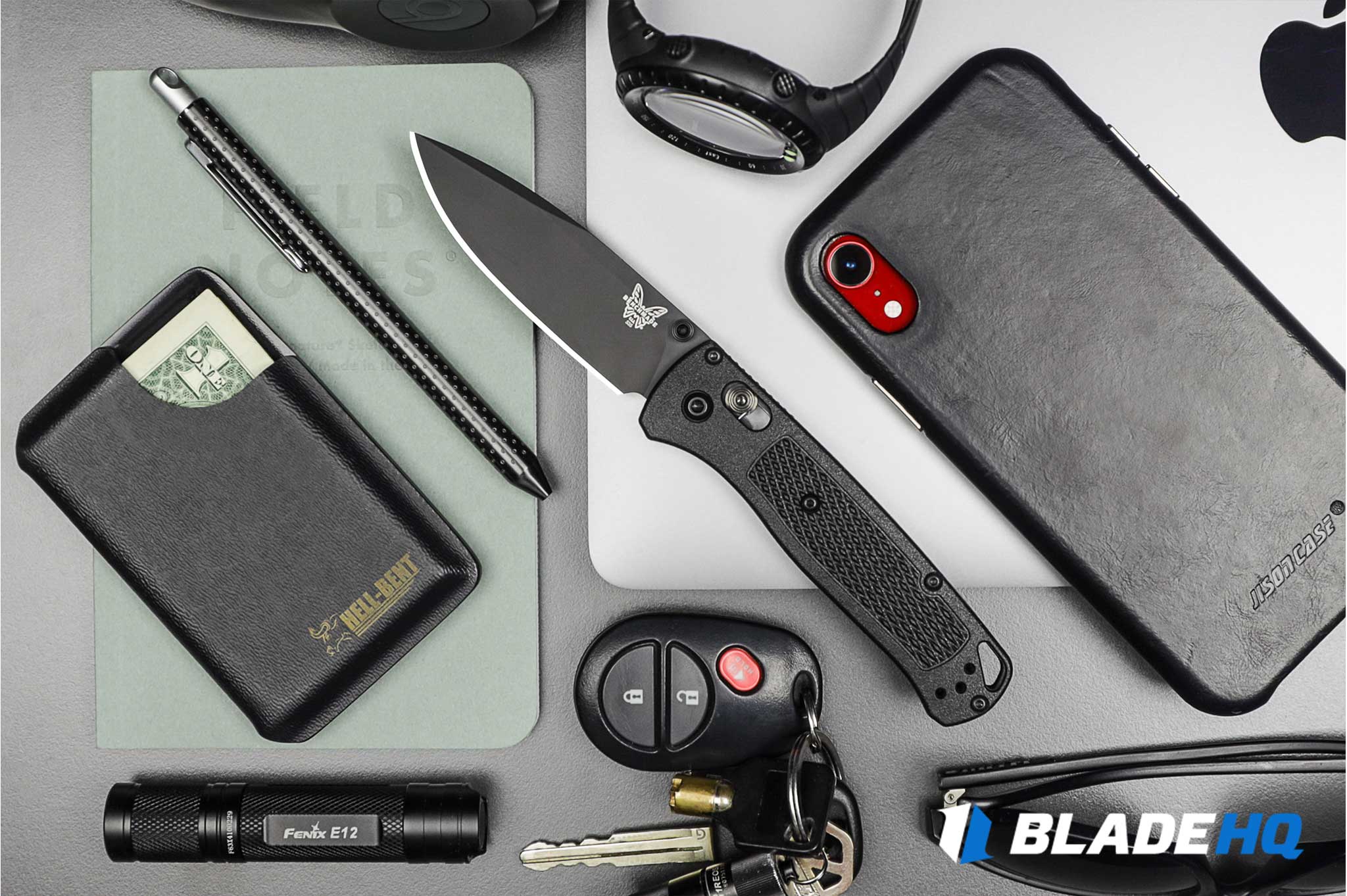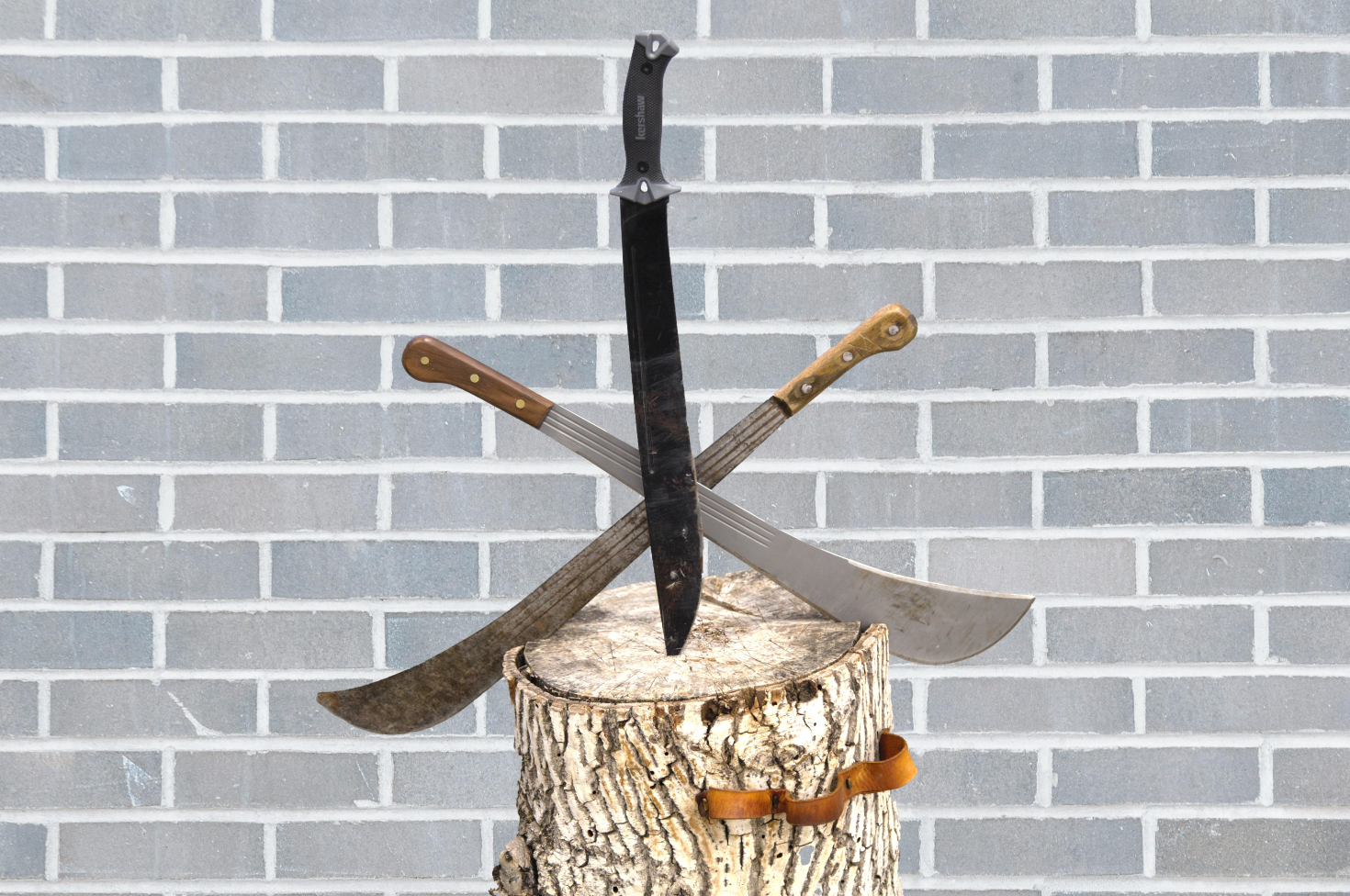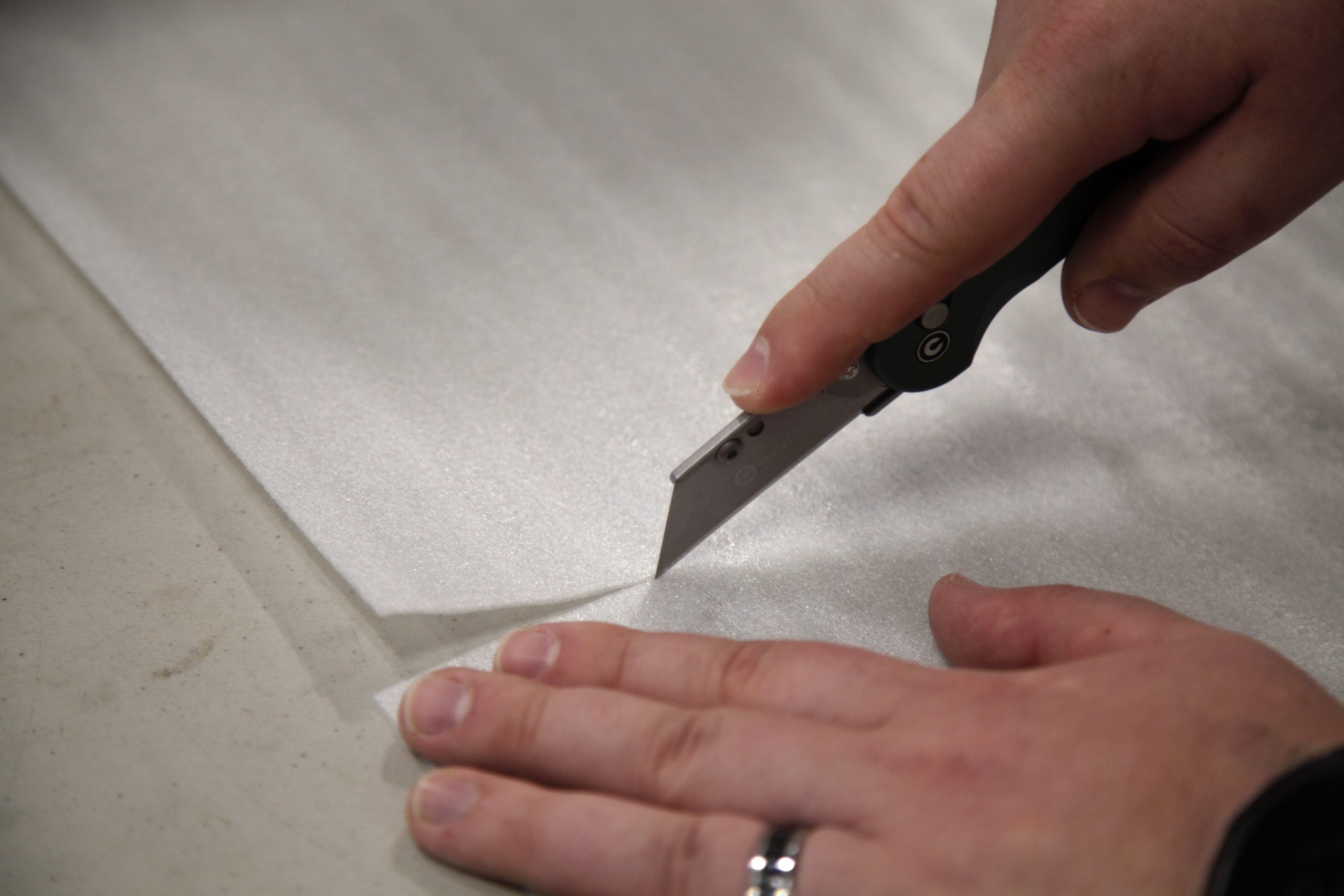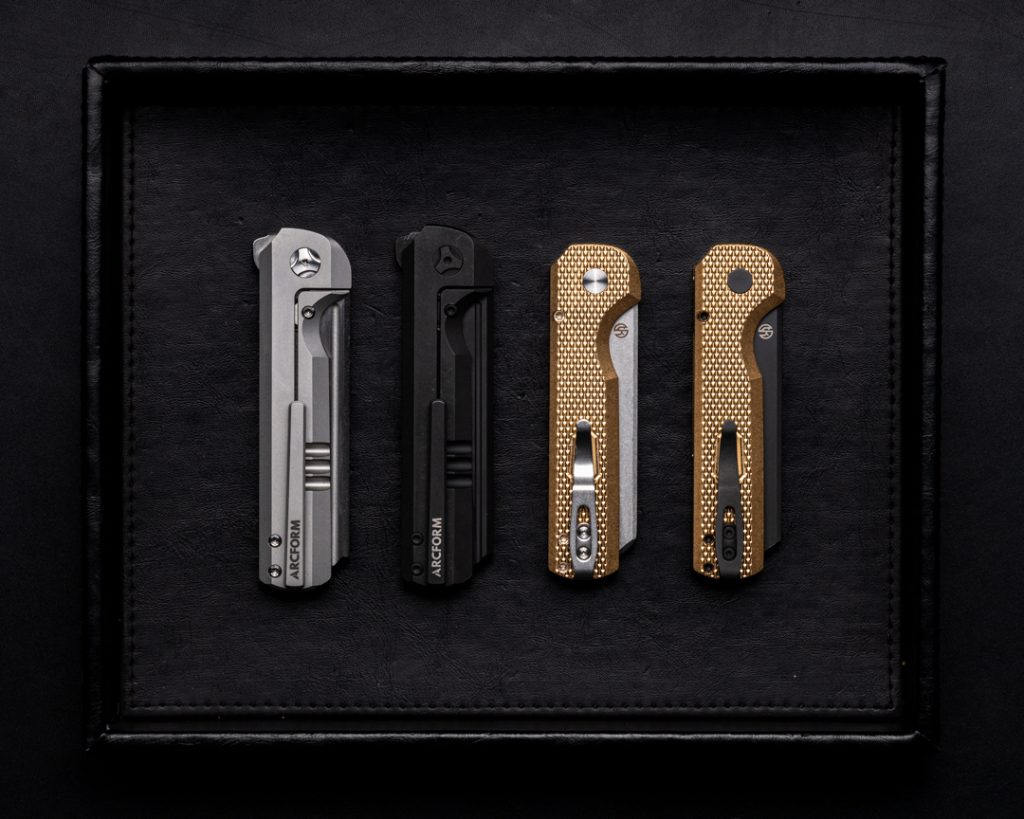
I always thought knives were cool, but for the longest time, I subscribed to the belief that a knife is a knife. The cheapest 2-for-$10 knife would open my boxes just as open as the $500+ ultra-fancy knives, so why not save the money? What could possibly make a knife that does the same thing cost orders of magnitude more?
That, my friends, was a dangerous question. My search for its answer immersed me in a world of passionate artisans and visionary innovators, a thriving community of enthusiasts, and enough knives to last a dozen lifetimes. Along the way, I have made enough friends and memories to fill a dozen lifetimes, too.
Now, whenever I pull out a knife that I got years after I fell into the world of knives, I get questions. “What is this material?” “What is this lock?” “How is this so sharp?” And, of course, “Why does it cost so much?”
I spent the best years of my life trying to answer these questions, and here, I will try to answer them in as simple a fashion as I can muster. At the end of this article, I hope you have gone from being curious about knives to understanding them at a new level.
But be warned – reading any further may have dire consequences. Knives are addictive, and the more you know, the harder it is to let go.
Materials

When I was a senior in high school, I finally made it into the coveted Concert Choir and learned from Neil Hendrickson, or as I knew him, Mr. H. His passion for music was only rivaled by his passion for knives, and since I was interested, he would show me his knife every day, and he never repeated the entire school year. I could have listened to him break down each of his knives at length, but he had a job to do.
That was until we went on the choir trip and we had ten long hours on a bus. He produced from his pocket a Benchmade Sequel (now discontinued), which one could have for about $140. It was about the same size and served the same purpose as my go-to knife at the time, the Kershaw Median, valued at about $20. Why the huge gap in price?
Mr. H’s Benchmade uses 154CM blade steel. 154CM is a high-end stainless steel developed originally for use in jet turbines. It’s impervious to changes in temperature, offers excellent wear and corrosion resistance, and is 100% made in the USA. These are all excellent features for both jet turbines and knives, but they do add up in cost. More wear resistance means better edge retention, but it also means consuming more abrasives to make the knife. USA manufacturing is great, but USA workers get paid more. These factors and more contribute to the higher price tag of the Sequel.
Compare that to my Kershaw. Its blade is made of 8Cr13MoV stainless steel, a relatively soft blade steel made in numerous foundries in China. It can easily be ground and sharpened, both by the manufacturer and end user, and can be acquired in bulk for not a lot of money. It’s the perfect steel choice for a $20 knife.

The Sequel has a lightweight anodized aluminum handle with a G-10 inlay. G-10 is a grippy fiberglass laminate, and to inlay it meant more time on the machine for both the handle and the inlay. My Kershaw, on the other hand, has a solid steel handle. That makes the knife very strong, but it weighs almost double what the Sequel weighs.
Yes, my Kershaw could open a box just as open as Mr. H’s fine Benchmade. But after 100 boxes, Mr. H’s knife would still be shaving sharp, and his arm wouldn’t be tired from dragging a four-and-a-half-ounce folder all over the place. But the lighter weight, the more complex handle, and the higher wear-resistance blade steel all had a higher overhead and took the company more time and energy to produce, and thus earned the knife a higher price.
Build Quality
Any product for sale, not just knives, has made it through quality control, or QC as most companies call it. That means that buying any product is also paying for the pile of factory seconds that didn’t make the cut. That’s why with many knives, the higher the price goes, the stricter the QC standard it has and the closer attention to detail you get. And on custom knives, the most expensive knives you can buy, each one gets the stamp of approval of its individual knifemaker.
When my coworker Hayden Thomas turned 18, his father gave him a hand-made custom knife. His father is master knifemaker Darrin Thomas, and he told Hayden that the knife had a defect that prevented him from selling it. Hayden, who was raised by a professional knifemaker and now works for Blade HQ, has spent the better part of a decade now carrying that knife daily, and he has yet to find the defect.

You must be around knives for a long time to start catching the minute details separating premium craftsmanship from price-centric mass production. Things like even grind bevels, consistent edge angles, the timing of blade lockup, the presence or lack of blade play, precise tips, smooth action, flush-fit spacers, and more take a bit of a discerning eye to pick out. And the most precise details, like whatever it was that bothered Darrin Thomas about the knife he gave his son, take a master to find. If you want that kind of attention to detail in your knife, it will cost you.
Design
Recently, edged weapon and martial arts expert Patrick Odle stopped by and taught us about self-defense knives, how to use them, and what makes a good one. One of the knives he discussed was the Bastinelli Creations PiKa. It’s a karambit designed in collaboration with Doug Marcaida (yes, Forged in Fire, “it will KEEEEEL” Doug Marcaida), and you can get one right now for $150.
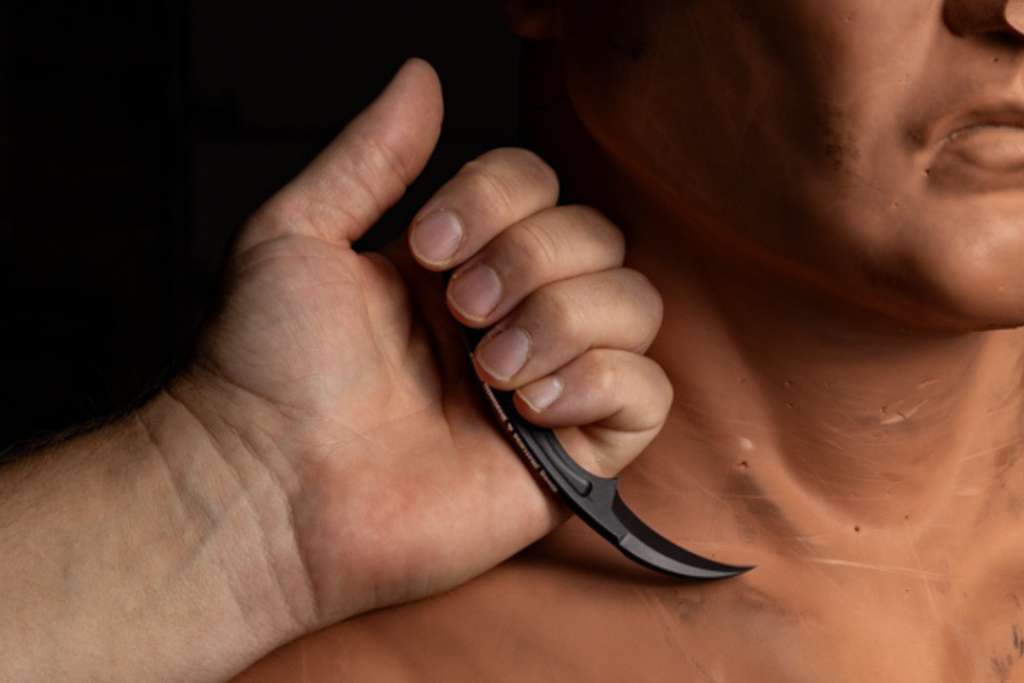
Patrick talked about how tiny the knife is, at only just over five inches overall. That makes it very concealable, but it’s hard to make a knife that small fit in an adult hand. Using the proper curve, you can securely fit your whole hand on it and have a rock-solid grip while still having access to the aggressive hawkbill blade. The blade is small, and the handle has a finger hole, so a would-be attacker would have a tough time wrestling it from your hand. It has a Kydex sheath with a flat side so that it’s comfortable and easy to conceal inside your waistband. Best of all, this potent tactical knife weighs in at a featherweight 1.37 ounces.
“But George, you cutlery Casanova,” I hear you say. “How could less than two ounces of steel be worth $150?”
Well, it’s because of the design work that went into it. Bastien Coves and Doug Marcaida didn’t just draw this knife up and call it a day. They combined their years of experience in various martial arts and countless hours sparring in the gym to create a near-perfect self-defense knife. It’s not just a blade, it’s physical proof of their mastery of their craft, and master-level design work comes at a price.
Mechanism

The earliest known folding knives date back to the iron age, and their mechanisms, as you might guess, were rudimentary. A simple handle with a single pivot point around which the blade rotated. Instead of a lock, they relied on the force of the user gripping the knife to hold the blade by friction. Now we call these “friction folders,” and you can still get them today. As you might guess, they do not cost very much.
While friction folders are still made, they have been overshadowed by newer and more sophisticated mechanisms. The Slip Joint found on your grandpa’s pocket knife did a better job of keeping the blade open. The Lockback came along later to make the knife truly lock open. Since then, new locks and openers have rained precipitously, and modern knives are a pinnacle of engineering.
One of the most complicated knives I’ve ever had the privilege of holding is the Grant and Gavin Hawk Deadlock. It is a true double-action out-the-front switchblade. When you push the thumb slide forward, the knife launches out. Thanks to a clever patented mechanism, the Deadlock locks up completely solid without any rattling or blade play. When you are done cutting, pull the slide back, and the blade retracts back into the handle. We have come a long way since the humble friction folder!
That said, the Deadlock requires a lot more expertise and effort to create than almost any knife out there. Someone who knows what they are doing must hand-finish each knife. That craftsmanship and innovation in the mechanism, in addition to the top-of-the-line materials being used, make the Deadlocks easily cost thousands.
Warranty
Allow me to quote directly from ESEE Knives’ warranty:
“Our warranty is pretty simple: if you break it, we will repair or replace it. We will not question the validity of your warranty claim for a broken knife, handles, sheath, clip plate or hardware. Warranty is lifetime and transferable. In other words, we warranty these products no matter how many times they have been traded, sold, or given away – no sales receipt or proof of purchase required.”
More simply put, if you break an ESEE Knife, they will replace it. No matter how you broke it. If you baton through knotted, seasoned ebony and it breaks, they will replace it. If you put it in a vice and snap it in half, they will replace it. No questions asked.
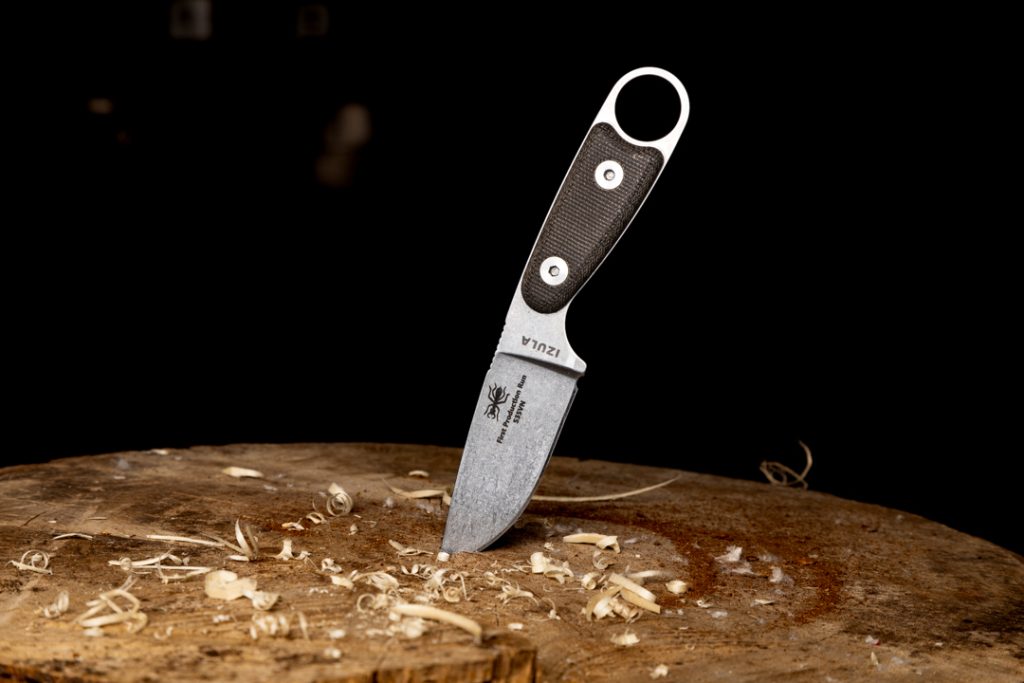
ESEE offers such a thorough warranty because they want you to use knife. Hard. In fact, they lovingly repost #BeaterESEE content on Instagram all the time. And when you push your knife to the absolute limit and it breaks, they’ll replace it for free. Yes, considering their materials, they might be a bit pricey. But to me and many others, it’s a small price to pay for a quality knife I can use and abuse without worrying about losing it.
Now compare that to the Schrade Frontier, a huge fixed blade with a 7” blade that’s almost a quarter-inch thick. It has the same blade steel as most ESEE knives, but you can get one for $42, and it even comes with a TPE handle. Why is it cheaper? Because it was made in China, and you must replace it yourself if you abuse it and it breaks.
You’ll probably never break the Frontier, but if the comfort of knowing you can break your knife and get it replaced for free is worth it to you, you’ll have to spend more to get a more complete warranty.
So What?

I’ve met almost all the people I mentioned in this article, and each of them makes, uses, or collects knives because they love them. None of them are psychopaths, they just happen to have a deep passion for one of man’s first tools. I don’t expect you to now go out and spend your entire 401k on premium cutlery. (Although my boss would be happy with me if you did.) I do, however, hope that you have a new-found understanding of what goes into a knife and a respect for the craft of the knifemaker.
And if you’re ready to get a knife of your very own, check out our Beginner’s Knife Buyers Guide!
